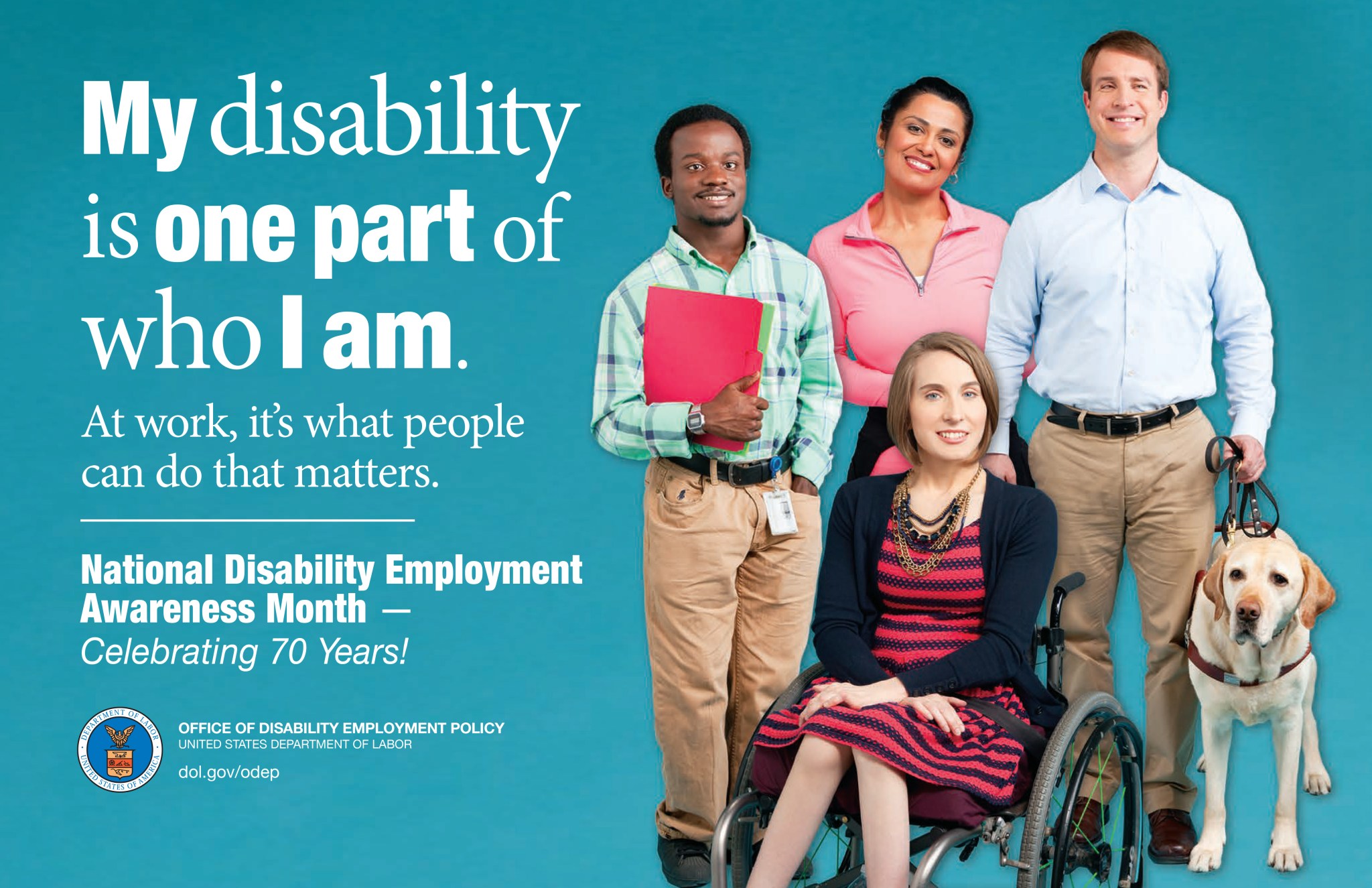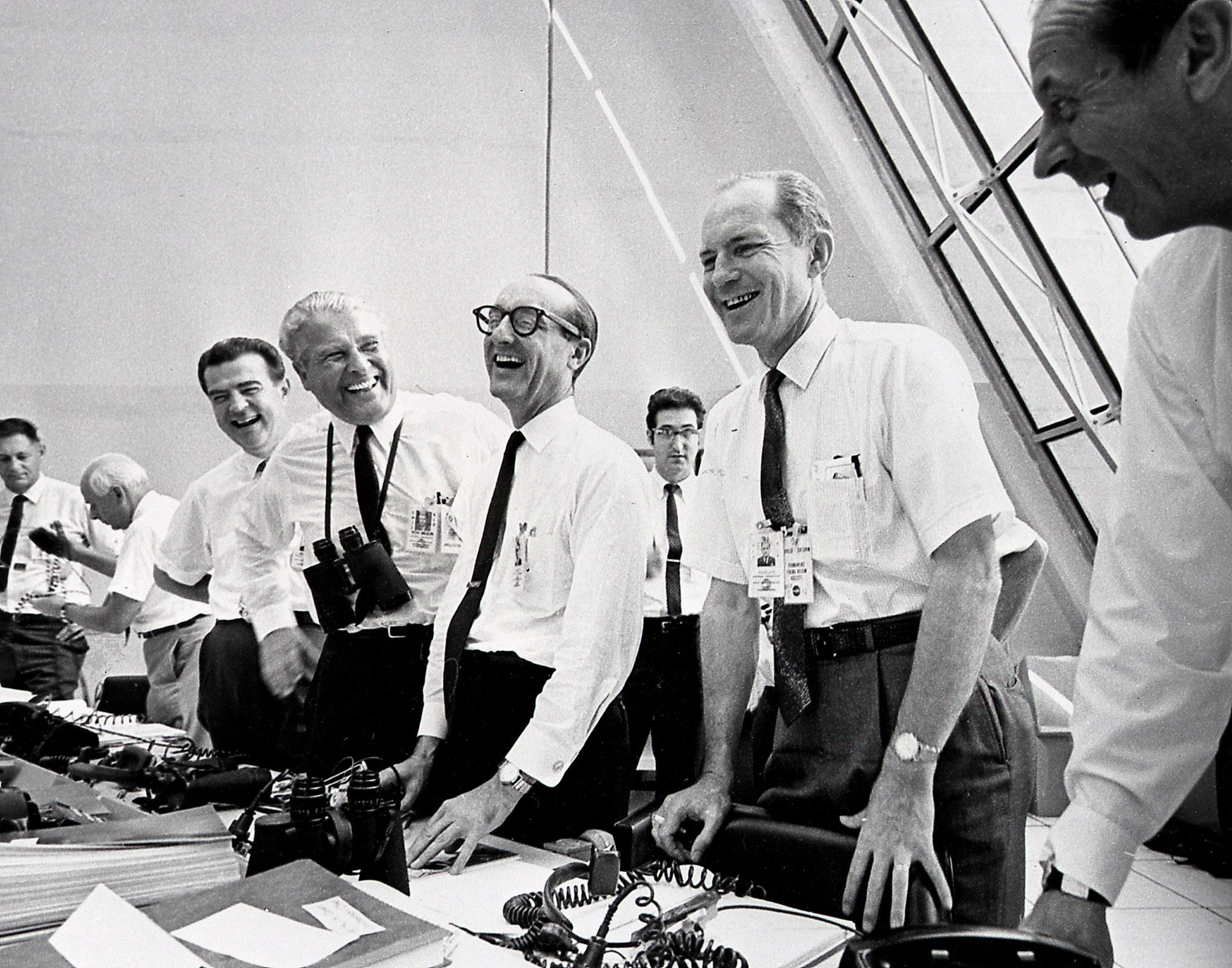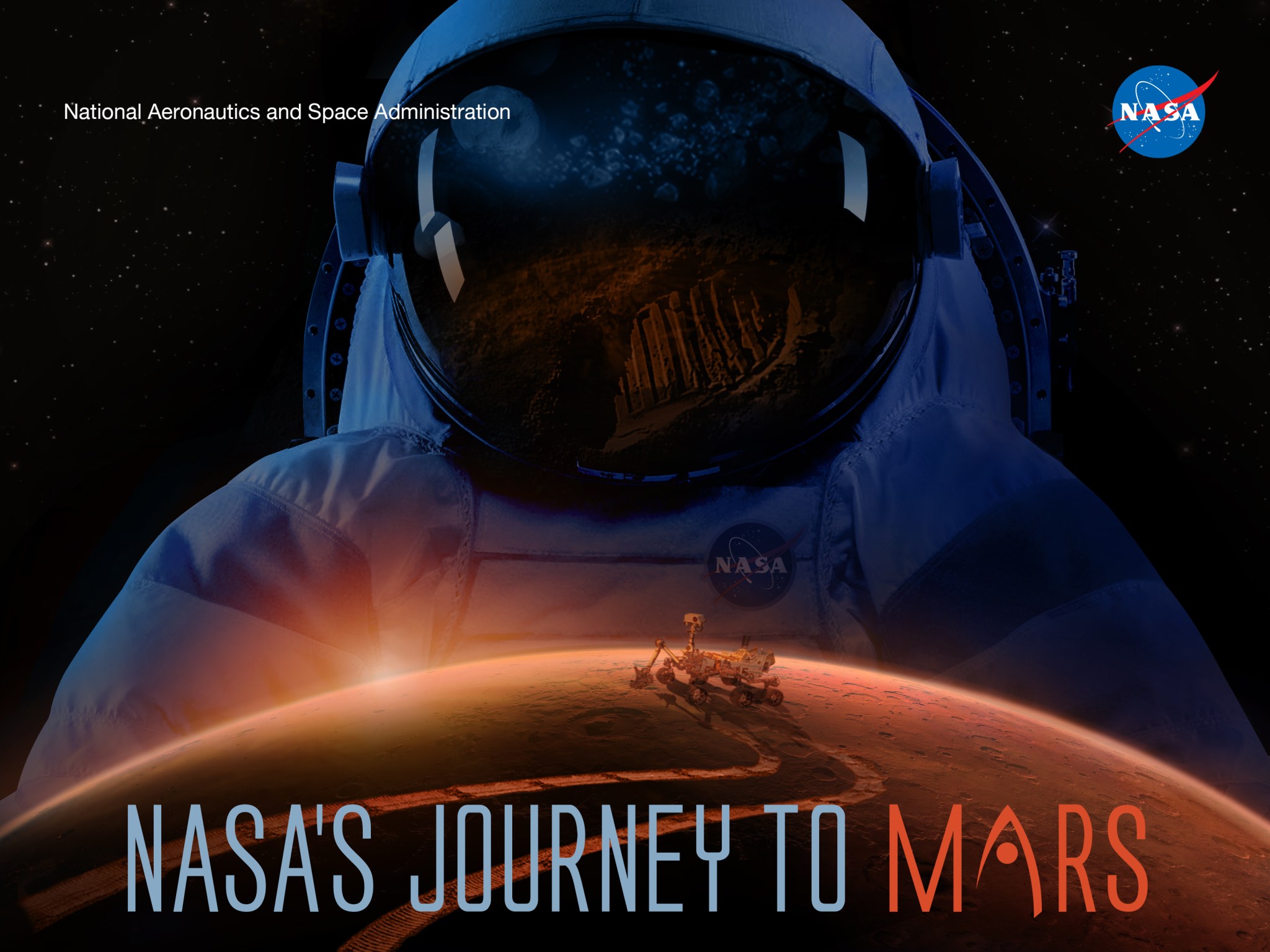In This Week’s Star
- Marshall Center to Conduct Active Shooter Emergency Exercise Oct. 22
- New Web Page Profiles Marshall’s Contributions to NASA’s Journey to Mars
- Robots Return! Centennial Challenges’ Robotics Competition Opens for Fifth Year
- NASCAR Engineer Richie Parker to Speak at Marshall’s Disability Employment Awareness Program Oct. 29
- This Week in NASA History: Former Associate Administrator of Manned Space Flight George Mueller Dies — Oct. 12, 2015
- Obituaries
Marshall Center to Conduct Active Shooter Emergency Exercise Oct. 22
NASA’s Marshall Space Flight Center will conduct a full-scale, active shooter emergency exercise from 2-3 p.m. Oct. 22 in the cafeteria of Building 4203. The event will involve a mock shooter and victims; simulated emergency radio traffic, alerts and announcements; Marshall, Redstone Arsenal and area emergency responders and response teams; and other activities to test Marshall’s emergency response and communications preparedness.
During the event, Emergency Notification System announcements, NIXLE text messages and other messages will be preceded by “EXERCISE.” During the exercise, Marshall team members will be encouraged to practice the “Run, Hide, Fight” protective tactics as detailed in the MSFC Workplace Violence Prevention training. Other, more advanced SATERN trainings are also offered to prepare team members for emergency scenarios including Surviving an Armed and Violent Encounter, and Personal Protection Strategies.
The active shooter exercise is part of Marshall’s ongoing commitment to protecting employees – its most valuable assets. For more information, visit the MSFC Emergency Management ExplorNet page.
New Web Page Profiles Marshall’s Contributions to NASA’s Journey to Mars
By Brian C. Massey
Work at NASA’s Marshall Space Flight Center is helping develop the capabilities needed to send humans to an asteroid and ultimately Mars. To profile the contributions to NASA’s journey to Mars, Marshall has created a new Web page — Mars Technology. The page highlights Marshall’s work on the Space Launch System, International Space Station and many other NASA missions.
NASA’s path for the human exploration of Mars begins in low-Earth orbit aboard the International Space Station. Marshall helped build the space station and continues to manage critical station hardware and science operations. The Marshall team works around the clock, 365 days a year to help crewmembers conduct hundreds of experiments each year that benefit people on Earth and deep space explorers.
Astronauts on the orbiting laboratory are helping prove many of the technologies and communications systems needed for human missions to deep space, including Mars. The space station also advances our understanding of how the body changes in space and how to protect astronauts’ health.
The next step in the journey to Mars is to deep space, where NASA will send a robotic mission to capture and redirect an asteroid to orbit the moon. Astronauts will explore the asteroid in the 2020s, returning to Earth with samples. This experience in human spaceflight beyond low-Earth orbit will help NASA test new systems and capabilities, which we’ll need to send cargo as part of human missions to Mars.
The Space Launch System, which is being developed and built at Marshall, will enable these “proving ground” missions to test new capabilities. Human missions to Mars will rely on an evolved version of SLS that will be the most powerful launch vehicle ever flown.
In addition to Marshall’s contributions to SLS and ISS, Marshall engineers are developing state-of-the-art additive manufacturing, or 3-D printing, processes that will help astronauts on every step along the journey to Mars. With techniques currently being developed, astronauts will be able to manufacture tools, replacement hardware and habitats in space.
To read more about the contributions being made at Marshall on NASA’s journey to Mars, click here.
Massey, an ASRC Federal/Analytical Services employee and the Marshall Star editor, supports the Office of Strategic Analysis & Communications.
Robots Return! Centennial Challenges’ Robotics Competition Opens for Fifth Year
By Janet Sudnik
Robots will again roam the grounds of Worcester Polytechnic Institute in Worcester, Massachusetts, for the fifth running of NASA Centennial Challenges’ Sample Return Robot Challenge. The competition will take place in June and September 2016 at WPI, which has hosted the event each year since 2012. To win the $1.5 million prize purse, teams must demonstrate an autonomous robot that can navigate and collect samples in two levels of difficulty.
“We are fortunate to once again partner with WPI for this advanced robotics competition, which has seen exciting progress each year,” said Centennial Challenges Program Manager Monsi Roman, who heads the program at NASA’s Marshall Space Flight Center. “The robotics advances sought through this competition will have endless utility within NASA and commercially. These teams have shown, year after year, that they are determined to bring new and innovative technologies, and hopefully this year we’ll see a big winner.”
The teams must demonstrate a robot that can locate and collect geologic samples from a wide and varied landscape without human control. The objective is to encourage innovations in autonomous navigation and robotic manipulator technologies. Innovations stemming from this challenge may improve NASA’s capability to explore a variety of destinations in space, as well as enhance the nation’s robotic technology for use in industries and applications on Earth.
Level 1 of the competition, scheduled for June 6-11, 2016, requires teams to locate a pre-cached sample in a 30-minute time frame and return it to the starting platform, for a prize of $5,000. In Level 2, scheduled for Sept. 1-5, 2016, teams have two hours to retrieve the pre-cached sample and as many unknown samples (worth varying point amounts) as possible. Points earned at this level will determine prize money awarded.
More than 30 teams from the United States and around the globe have competed in the event since 2012. Teams have included universities, high schools, small businesses, individuals, families and groups of colleagues.
At the inaugural competition event in 2012, no teams were awarded prize money. In 2013, NASA awarded $5,000 to Team Survey of Los Angeles for completing Level 1 of the challenge. The West Virginia University Mountaineers of Morgantown were awarded $5,000 in 2014 for their completion of Level 1, and $100,000 in 2015 for points earned during Level 2. Survey and WVU will be eligible to begin at Level 2 in 2016. All other teams must complete Level 1 to advance to Level 2.
The Centennial Challenges Program is managed at the Marshall Center, and is part of NASA’s Space Technology Mission Directorate. For more information about the competition, visit https://www.nasa.gov/robot and http://challenge.wpi.edu.
Sudnik, an ASRC Federal/Analytical Services employee, supports the Office of Strategic Analysis & Communications.
NASCAR Engineer Richie Parker to Speak at Marshall’s Disability Employment Awareness Program Oct. 29
By Brian C. Massey

NASA’s Marshall Space Flight Center will host a Disability Employment Awareness program Oct. 29 to educate team members about disability employment issues and to celebrate the contributions of Marshall’s workers with disabilities.
The theme of this year’s program — which will be held in Morris Auditorium, Building 4200, from 10-11 a.m. — is “My Disability is One Part of Who I Am.” Vendors will also be on hand displaying the latest technology for those working with disabilities.
Guest speaker Richie Parker, a NASCAR engineer for Hendricks Motorsports, will highlight the program. As the result of a non-genetic birth defect, bilateral amelia, Parker was born without arms. Despite this, Parker has designed chassis and body components for Hendricks Motorsports’ last six NASCAR Sprint Cup championships.
“Every step of the way in life, there have been people that have said I could not do things, could not ride a bicycle,” Parker said in an award-winning ESPN video. “There are people who said I could not live on my own, and I could not get a good job and support myself. Or I could not go to college and graduate. I do not listen too much to people when they tell me I cannot do something. There is not a whole lot that is going to stand in my way.
“All of us are faced with obstacles in our personal and professional lives,” said Parker. “With a combination of faith, hard work and determination, I believe everyone is capable of overcoming those challenges. It’s a message I’m thankful to share with people, and I feel fortunate to do that.”
Celebrating its 70th anniversary, National Disability Awareness Month began in 1945 and recognizes the many and varied contributions of workers with disabilities while promoting awareness of the issues they face.
This year also marks the 25th anniversary of the Americans with Disabilities Act, the civil rights legislation that works to increase the inclusion of people with disabilities in all aspects of community life, including employment.
For more information about the program, contact Phyllis Olinger at 256-544-0022 or phyllis.y.olinger@nasa.gov.
For more information about National Disability Awareness Month, click here.
Massey, an ASRC Federal/Analytical Services employee and the Marshall Star editor, supports the Office of Strategic Analysis & Communications.
This Week in NASA History: Former Associate Administrator of Manned Space Flight George Mueller Dies — Oct. 12, 2015

George Mueller, center, former NASA associate administrator of Manned Space Flight, died Oct. 12. Mueller, 97, was critical to NASA’s missions to the moon and instrumental in the initiation of the Skylab and space shuttle programs. Here, Mueller is joined in the control room during the Apollo 11 mission by Manned Space Flight Deputy Associate Administrator Charles W. Mathews, left; NASA Marshall Space Flight Center Director Wernher von Braun, second from left; and Apollo Program Director Samuel C. Phillips, right. The NASA History Program documents and preserves NASA’s remarkable history through a variety of products — photos, press kits, press releases, mission transcripts and administrators’ speeches. For more pictures like this one and to connect to NASA’s history, visit the History Program’s Web page.
Obituaries
Gladys M. Ivy, 91, of Huntsville, died Sept. 28. She retired from the Marshall Center in 1979 as a workers’ compensation claims specialist.
Frances O. Mitchem, 90, of Huntsville, died Oct. 3. She retired from the Marshall Center in 1985 as a program analyst.
Bobby G. Sallis, 83, of Huntsville, died Oct. 18. He retired from the Marshall Center in 1979 as a contract specialist. He is survived by his wife, Ramona Sallis.




























